Exploring Belgium by car? Understanding the country’s road signs and markings will help you drive with confidence and stay safe when you get behind the wheel in Belgium.
Belgium’s road signage generally follows European standards, so if you’re familiar with the colours and shapes of road signs and their corresponding meanings, then many of them will already be recognisable.
As Belgium has three official languages, Dutch, French, and German, this means some place names and road signs are displayed in a multilingual format.
Here’s an overview of the shapes and colours of Belgian road signs:
- Red and white triangular signs serve as warnings, drawing attention to potential hazards like sharp turns, pedestrian crossings, or roadworks.
- Red and white circular signs indicate mandatory regulations for a specific road section, such as speed limits or restricted access.
- Blue and white circular signs provide compulsory instructions, informing drivers of required actions like turning left or wearing a seatbelt.
- Square or rectangular signs convey general road information. They may display highway directions, tourist attractions, or essential services like rest areas and hospitals.
Essential Belgian Road Signs
Speed Limit
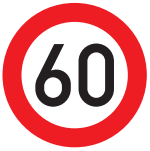
Speed limit signs in Belgium are easy to recognise as they follow the standard design used across Europe. However, remember that the numbers shown indicate speeds in kilometres per hour (km/h).
Stop

In Belgium, the English word ‘STOP’ is used on hexagonal signs to indicate where you must come to a halt.
Toll Booths
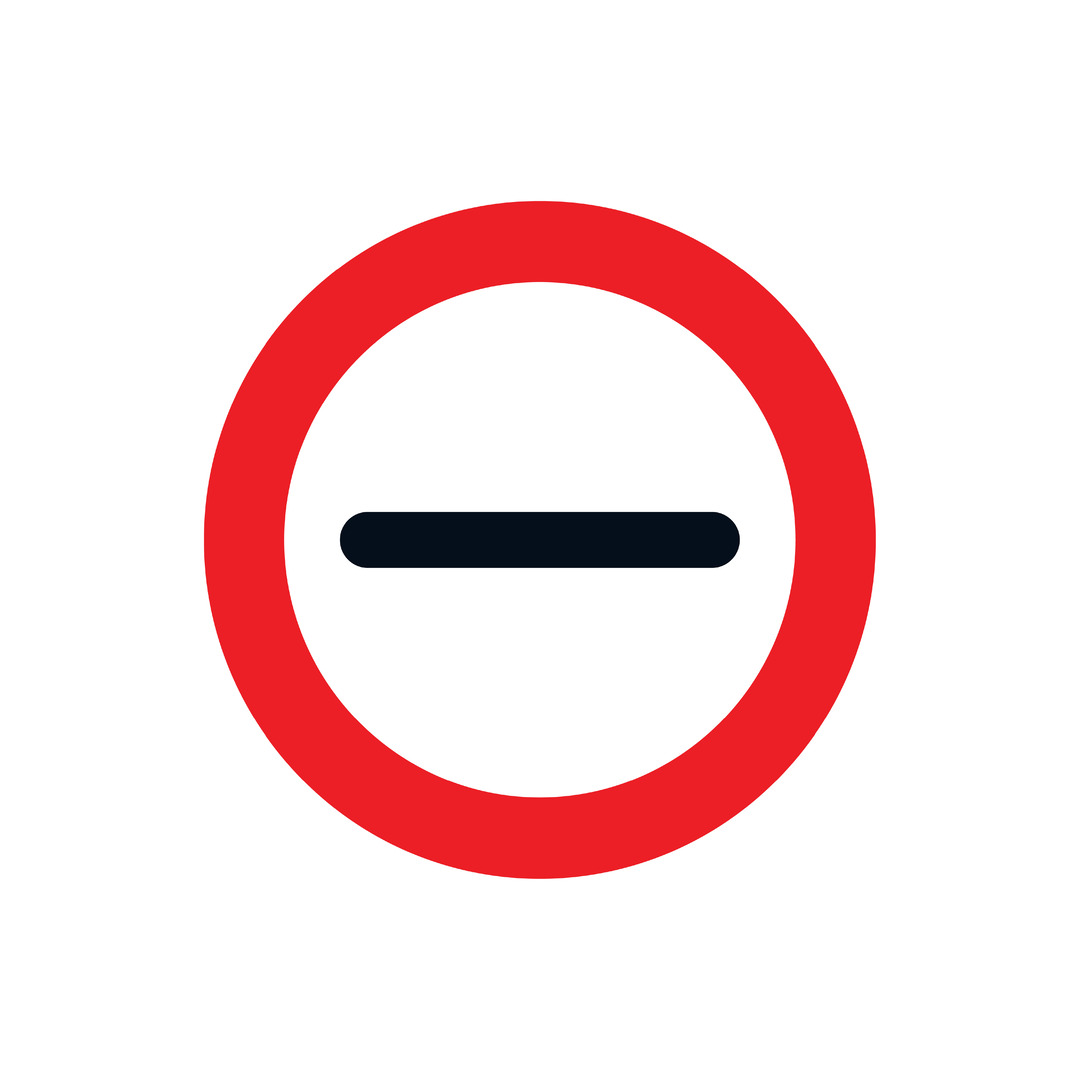
This sign with the French word ‘Peage’ written underneath tells you toll booths are coming up. You will need to stop at these booths and pay the tolls.
No Parking/No Stopping
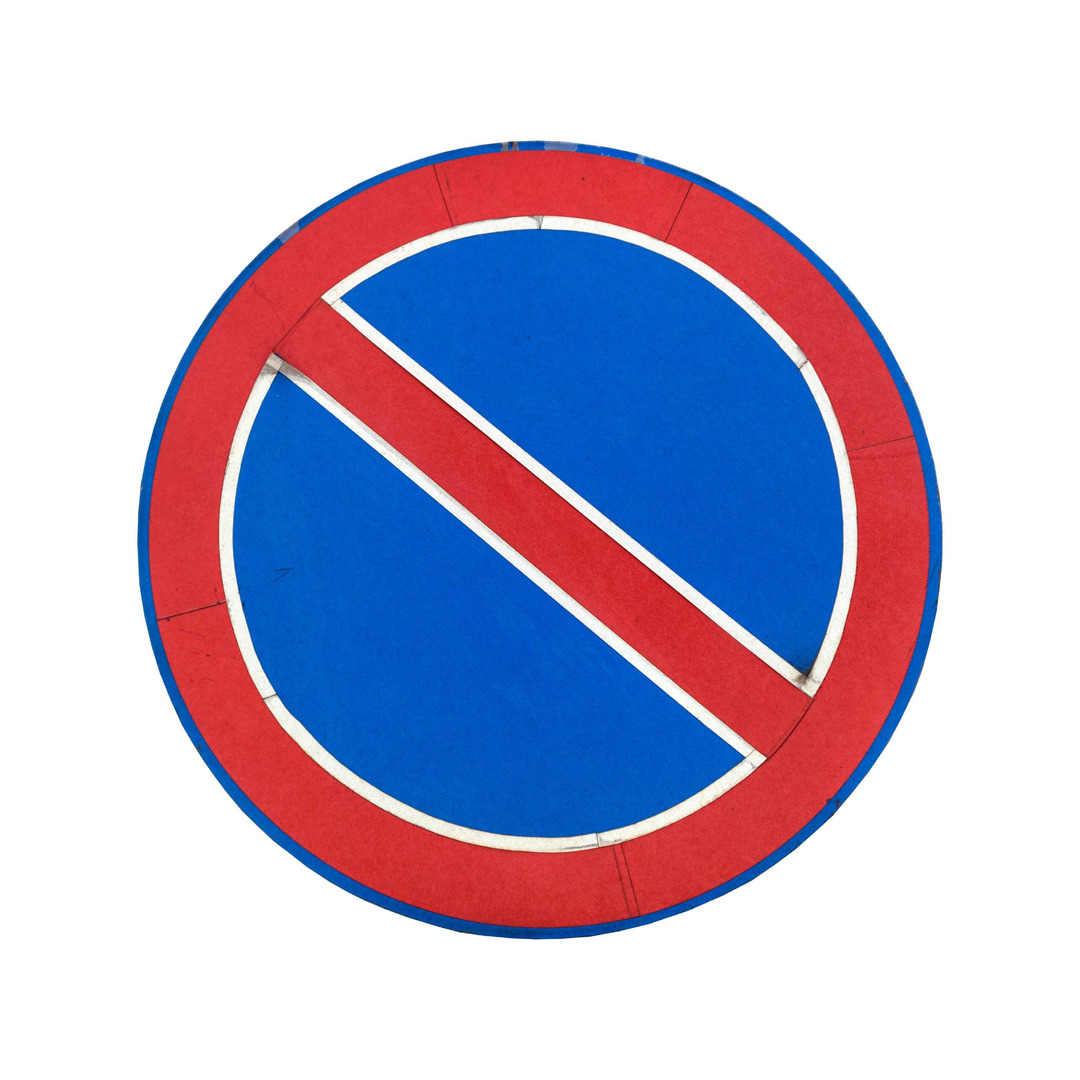
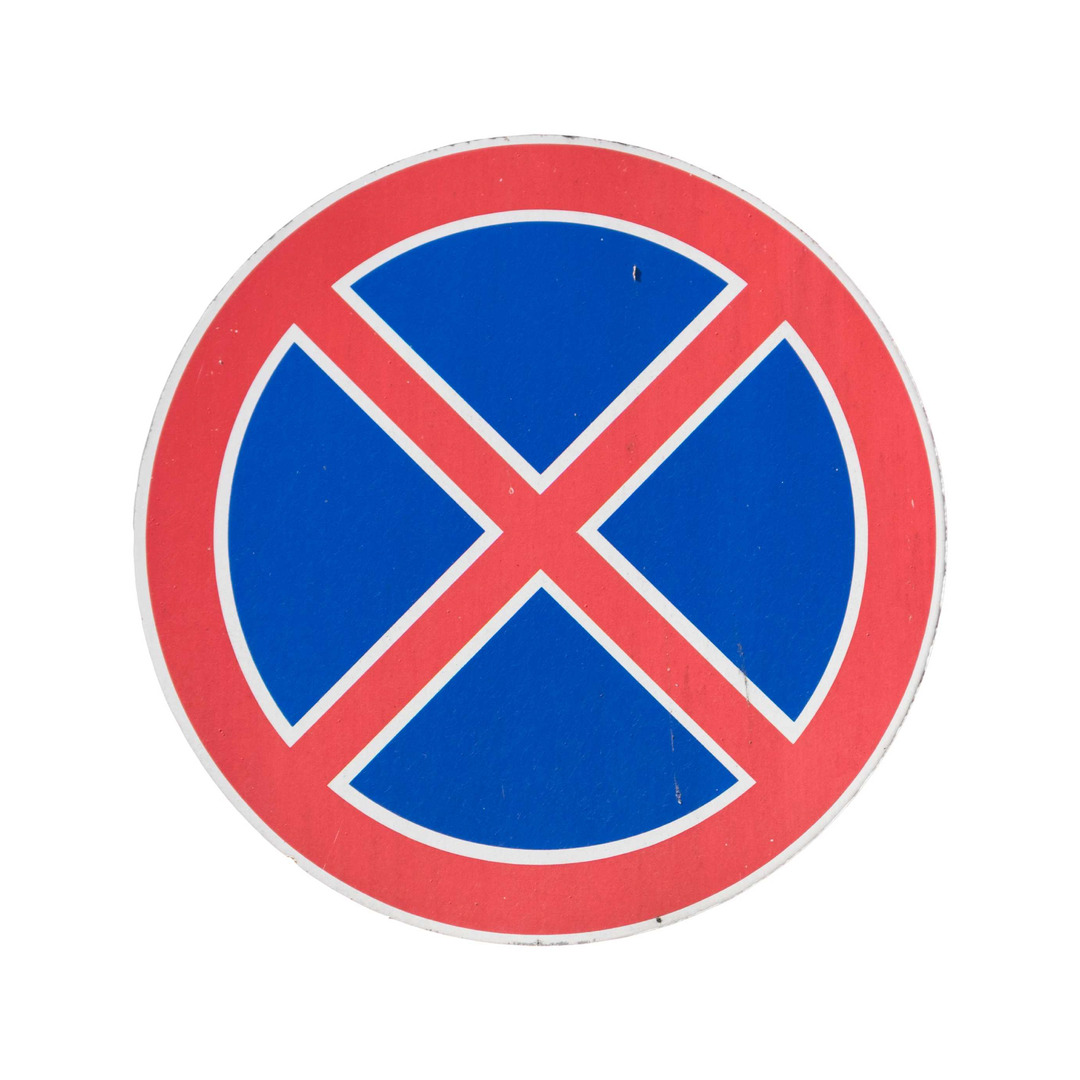
A circular sign with a single diagonal line signifies ‘no parking’, while one with two diagonal lines indicates ‘no stopping’.
These restrictions apply to the side of the road where the sign is displayed.
One Way
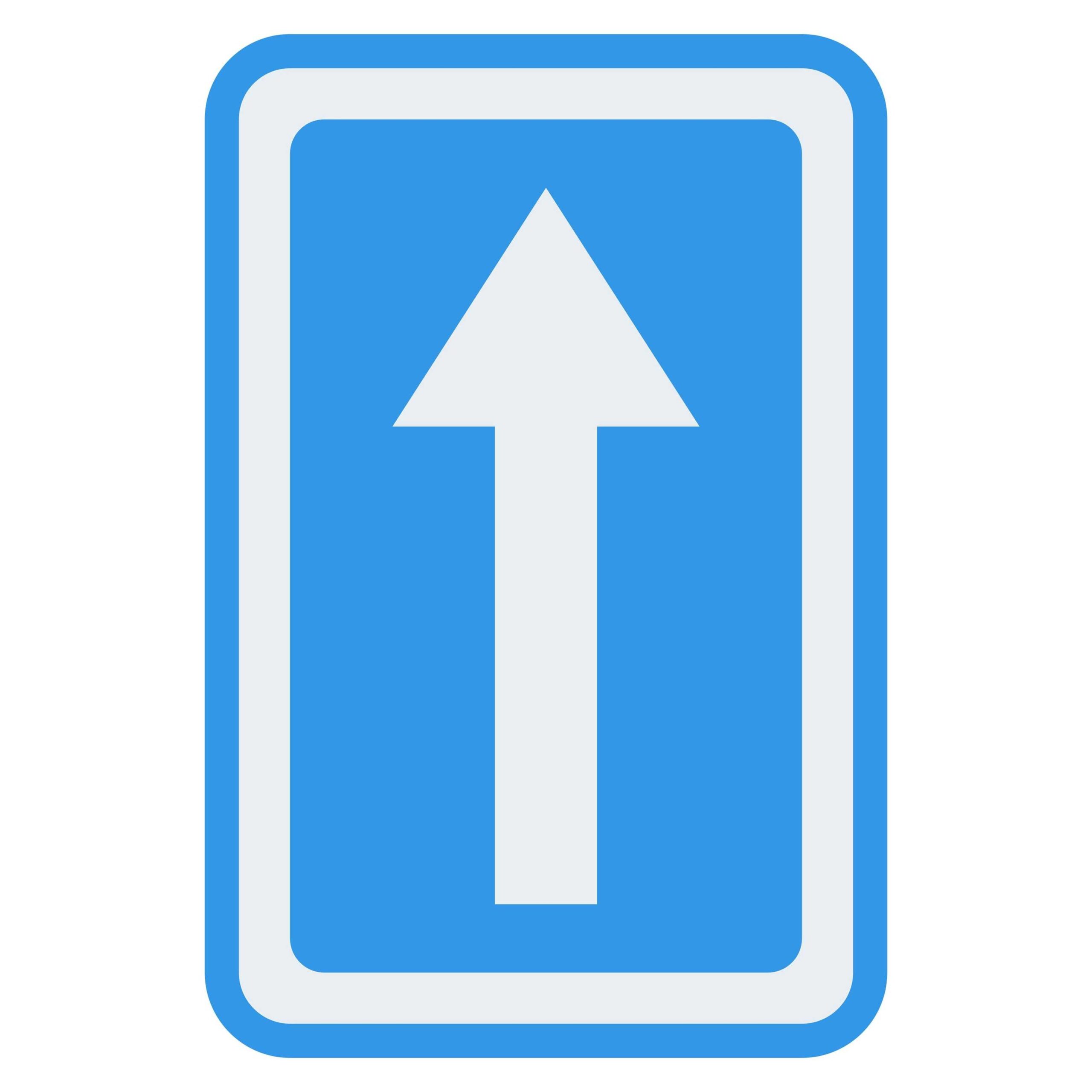
This blue and white rectangular sign informs drivers that they are coming up to a one-way system. These signs indicate the permitted direction of travel for vehicles and are commonly used in many countries to designate one-way roads.
Intersection

A black cross inside a red triangle indicates that at the upcoming intersection, vehicles approaching from the right have the right of way. This sign, commonly associated with an uncontrolled intersection, warns you to slow down and be extra cautious of vehicles coming from the right.
No Entry
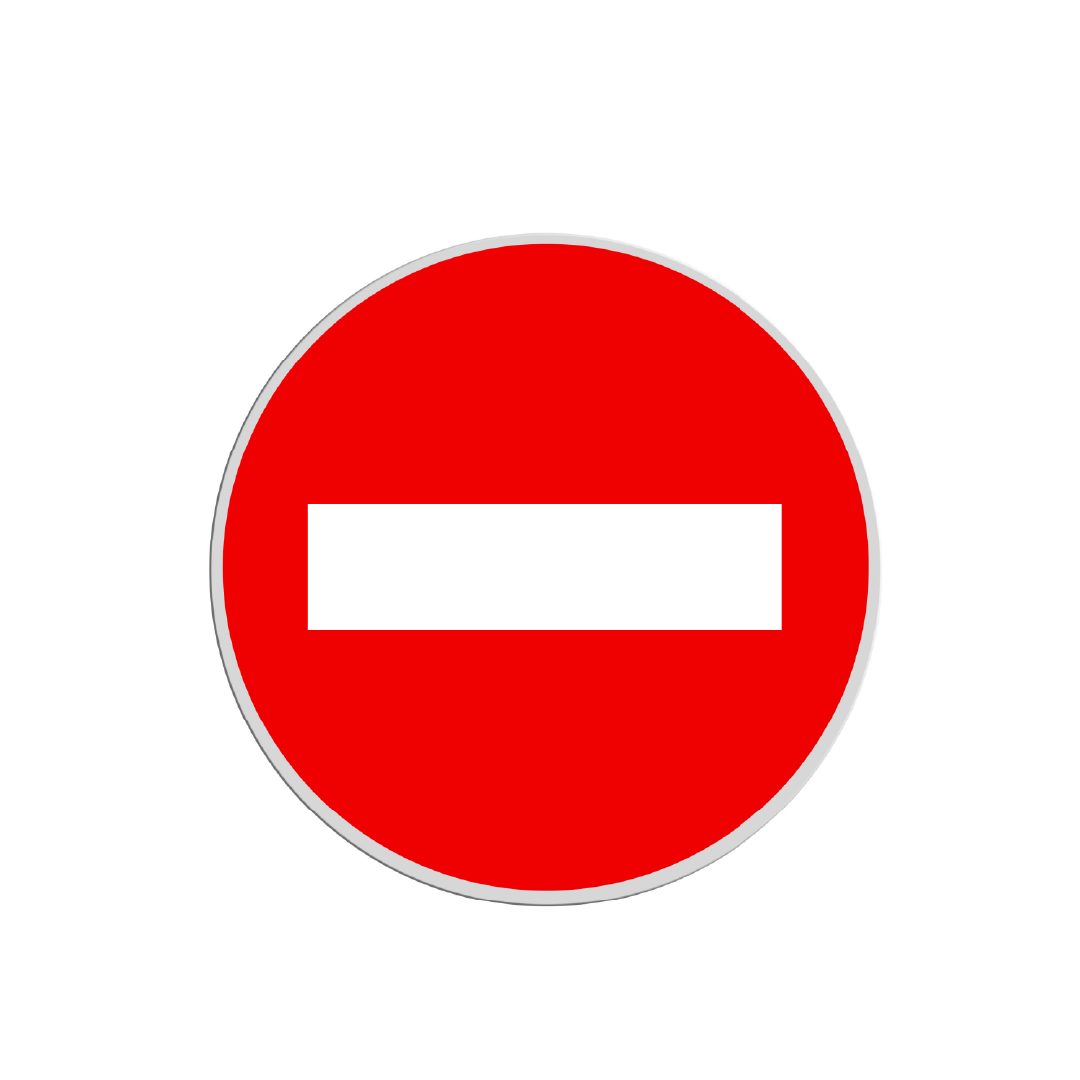
This sign indicates that entry to the road ahead is prohibited. However, vehicles may still be exiting from that road, so remain cautious.
No Entry in Both Directions
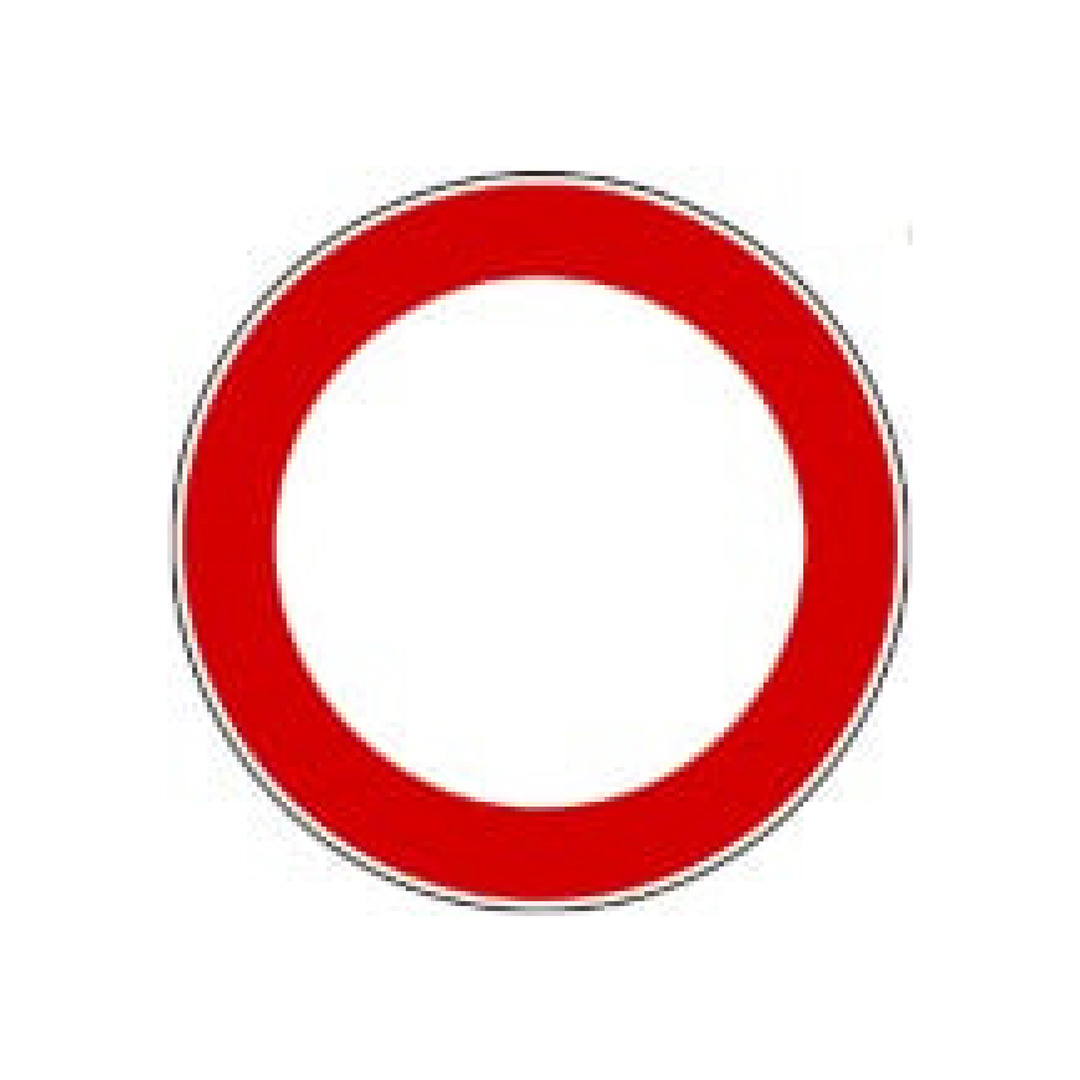
This sign indicates that the road is completely closed to traffic, meaning vehicles are neither allowed to enter nor exit. This is often due to pedestrian zones or designated bicycle lanes.
Junction Ahead
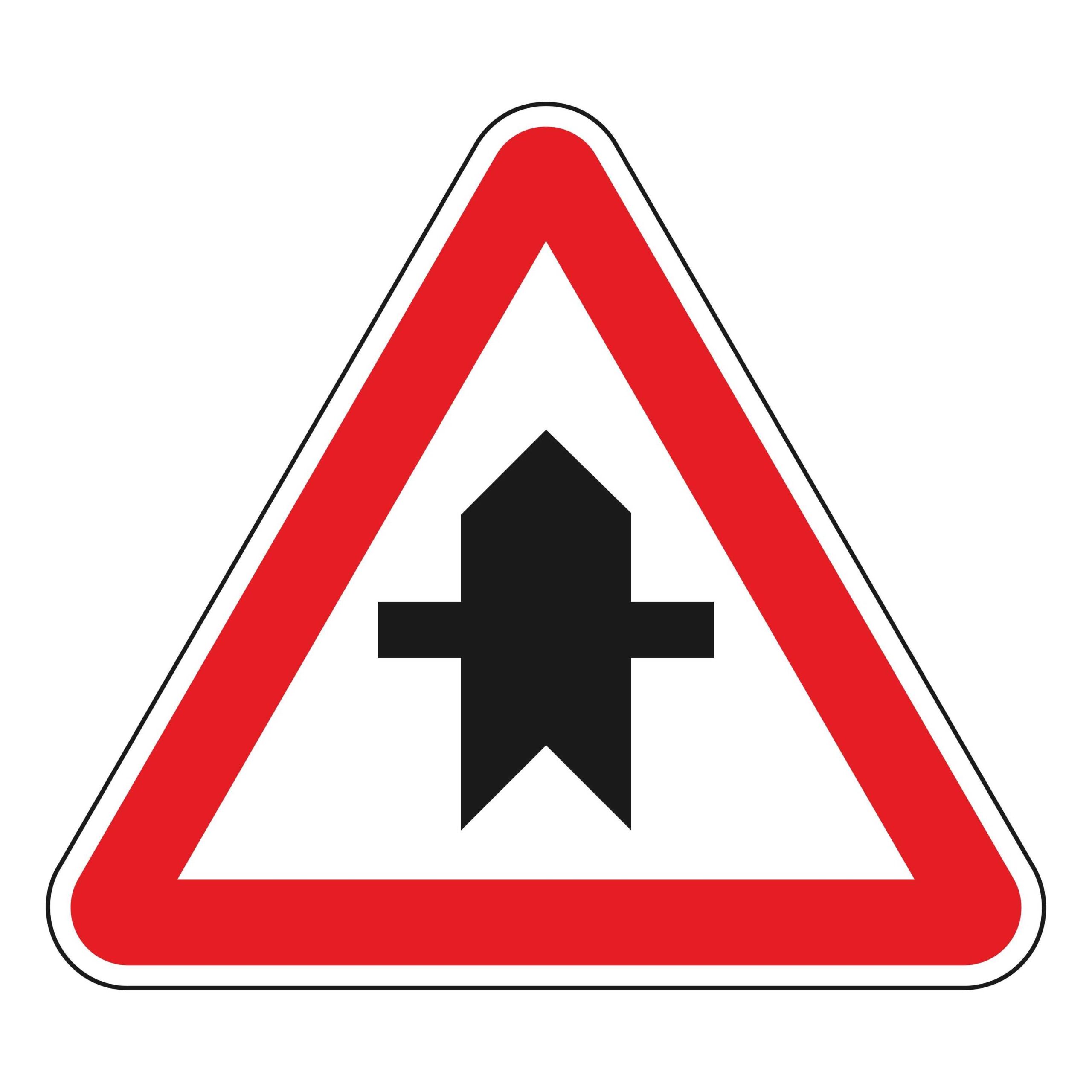
This sign indicates that you have priority at the upcoming junction. Drivers turning into your road or crossing your path are required to give way. However, always stay alert and never assume other vehicles will stop as expected.
Roundabout
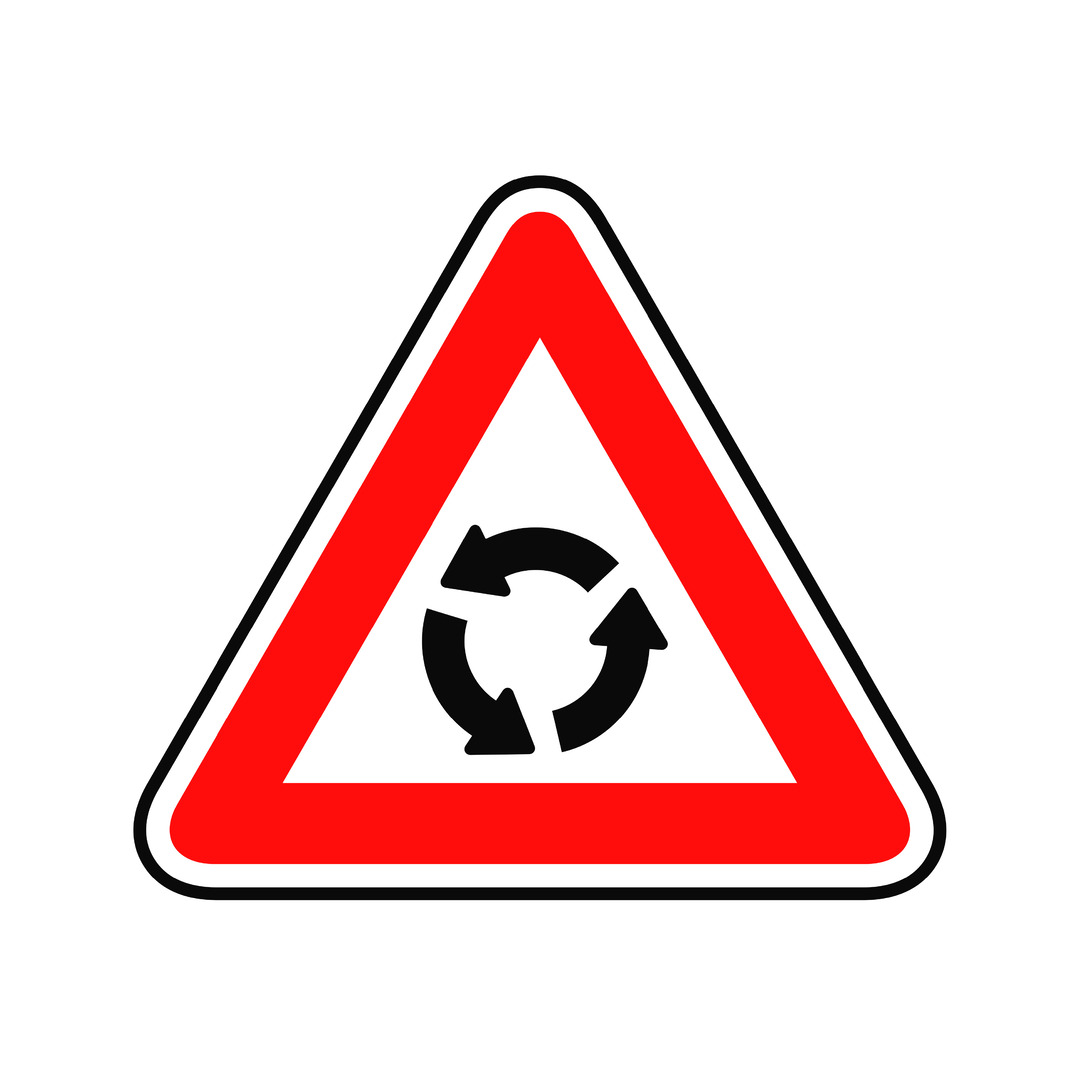
In Belgium, you must give way to vehicles already on the roundabout or those approaching from your left. Traffic on roundabouts moves in an anticlockwise direction.
Entering Town/City
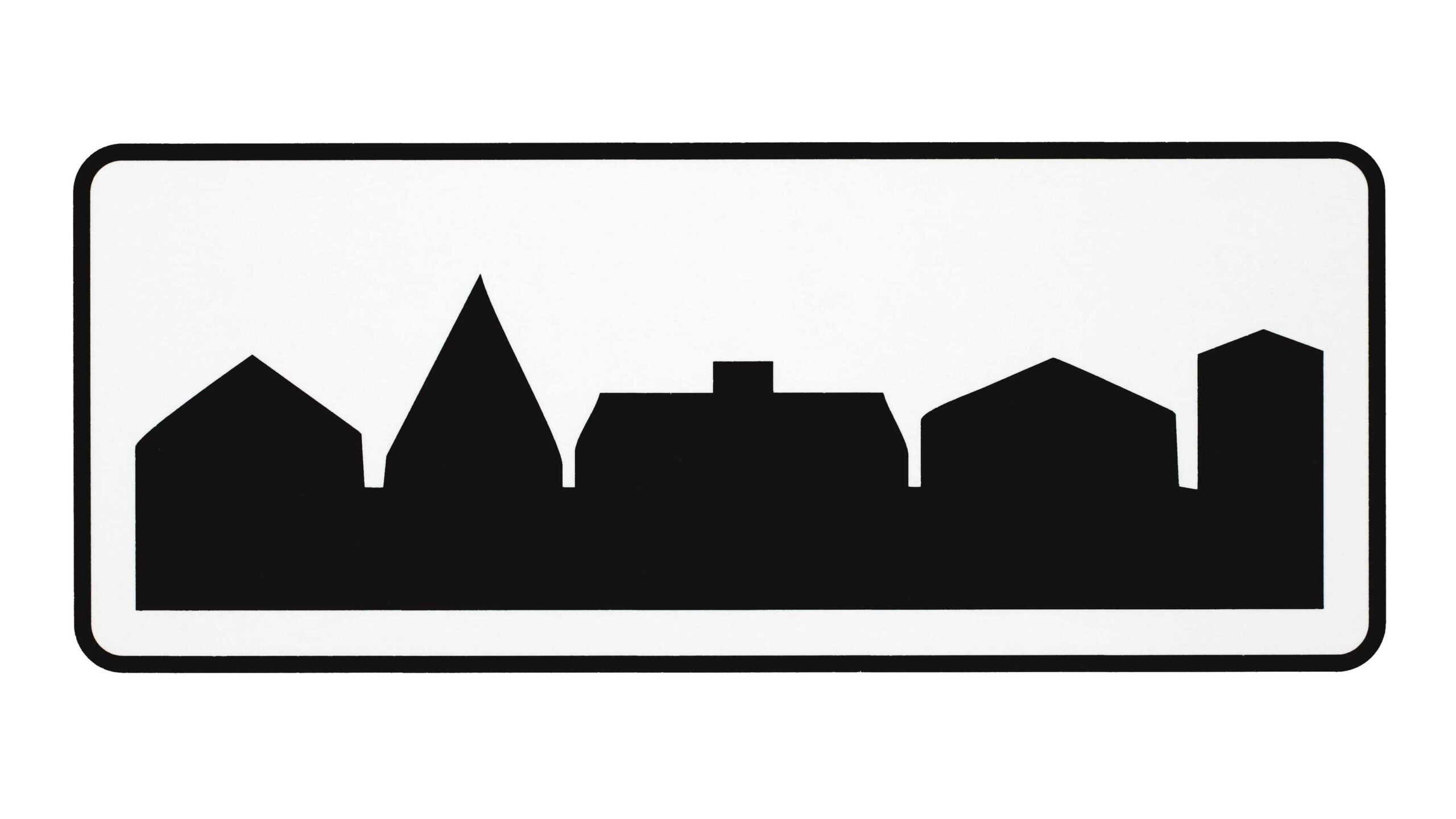
The ‘entering town or city’ road sign typically consists of a white rectangular sign with the name of the town or city in black lettering. This sign indicates that you are entering an urban area where specific traffic regulations apply, such as lower speed limits (usually 50 km/h unless otherwise indicated) and increased caution for pedestrians and cyclists.
Priority Road Starts/Ends
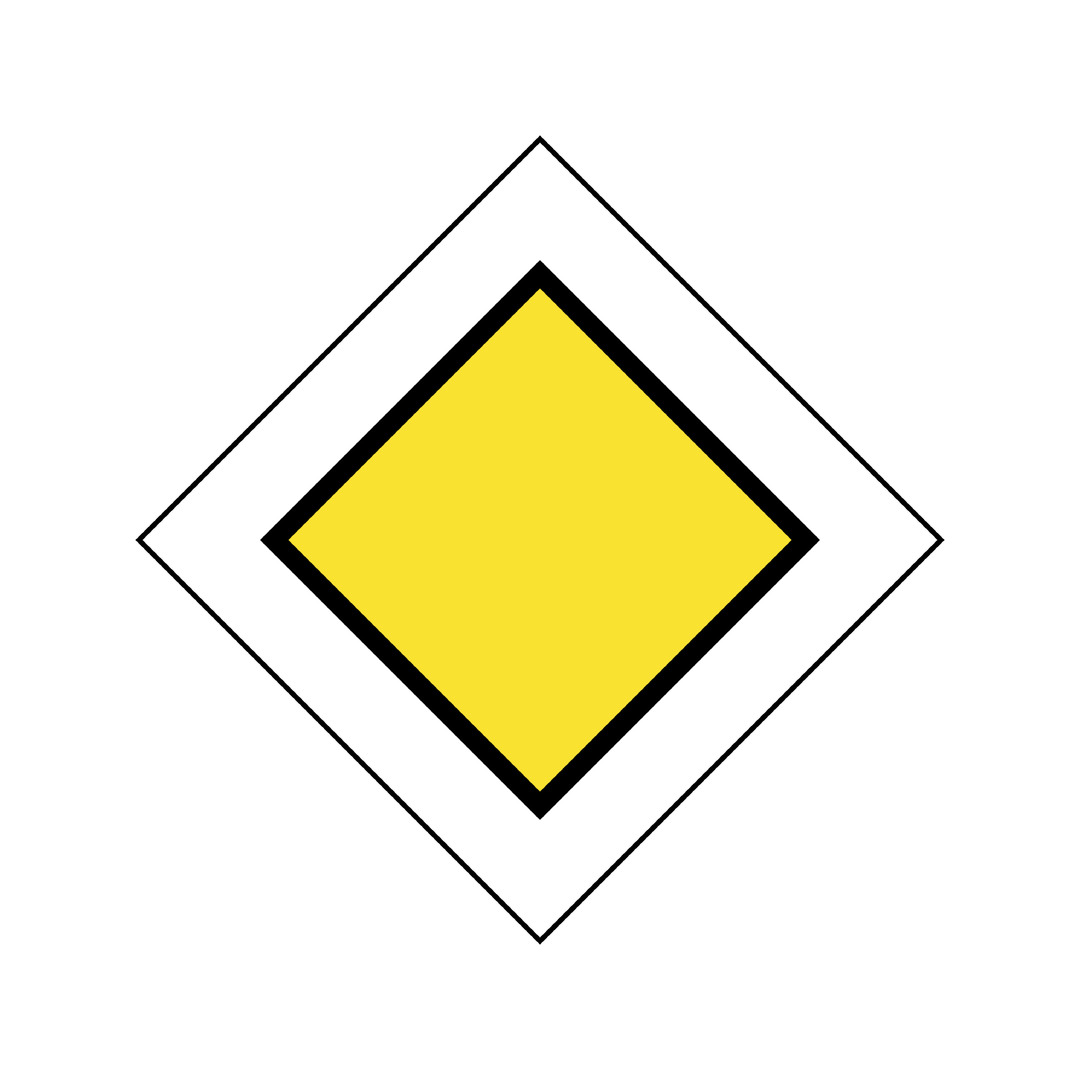

A yellow diamond with a white border signifies that you are on a priority road, meaning you have the right of way. If the sign features a black diagonal line, it indicates the end of the priority road, and standard traffic rules apply.
Belgian Road Markings
The road markings in Belgium will be similar to the road markings found in the rest of Europe, but here is a general overview of the road markings in Belgium to help you brush up on your knowledge:
- Solid white line: Marks the edge of a road or lane that drivers must not cross. Crossing it is a serious violation.
- Dashed white line: Separates lanes of traffic; drivers may cross when it is safe to do so. If the gaps between the dashes are narrow, this suggests the line is about to become continuous, and so you should overtake with caution.
- Solid yellow line: Often seen in a zigzag pattern, solid yellow lines inform you that parking and stopping are prohibited.
- Broken yellow line: Allows stopping for loading or unloading, but you are not allowed to park on these lines.
You should also watch out for lanes that are designated for specific vehicles, like buses, bikes, taxis or emergency service vehicles. If you drive in a restricted lane, you may be fined €174. Avoiding unnecessary penalties is easy; remain vigilant of road signs and road markings.
To further increase your confidence when driving in Belgium, consider purchasing a car rental excess insurance policy to have peace of mind that if you accidentally damage your rental car, you won’t face high costs.


Comments are closed